Real Cruise Advice from Ex-Industry Insiders
We’re ex-cruise travel agents who got tired of the industry BS. After years of selling cruises and watching passengers get ripped off, we’re sharing the insider tips cruise lines don’t want you to know.
How to Save Money on Your Cruise
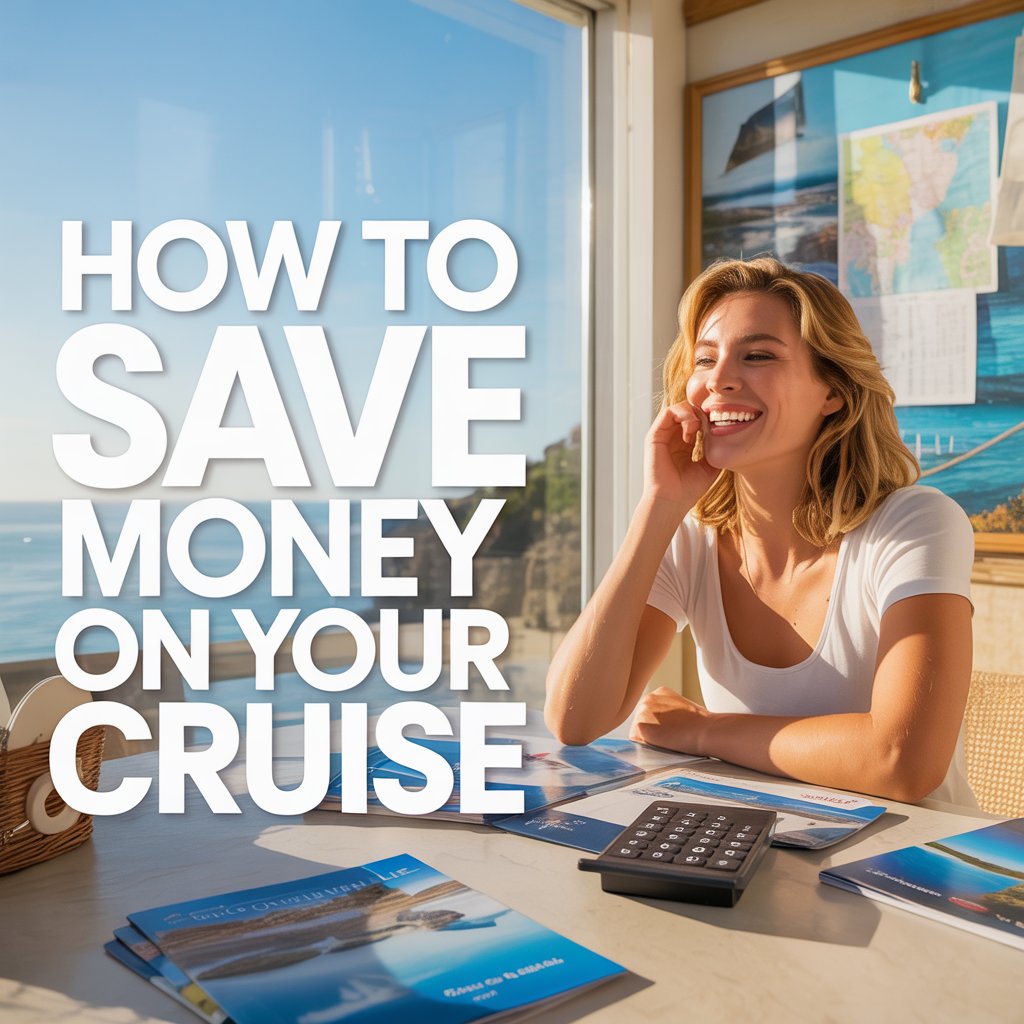
“All-inclusive” cruise pricing is the industry’s biggest lie. Your fare covers transportation, a bed, and basic cafeteria food. Everything that makes cruising enjoyable costs extra, and cruise lines are very good at separating you from money.
The average passenger spends $62 daily on extras – that’s $434 on a week-long cruise on top of the fare you already paid. Add automatic gratuities ($112 per person weekly), and you’re spending more onboard than many people pay for hotel rooms at home.
Cruise lines train staff to upsell constantly. “Would you like to upgrade to premium spirits?” sounds innocent until you realize it adds $40 to your bar tab. “Specialty coffee” costs $4 when regular coffee is free. “Premium” internet costs twice as much as basic internet that already doesn’t work.
Budget $150 per person daily if you want the full cruise experience, or accept that you’re paying cruise ship prices for Carnival Cruise Line experiences.
- How to Save Money on Your Cruise – Proven cost-cutting strategies
Cruise Documentation and Immigration Tips
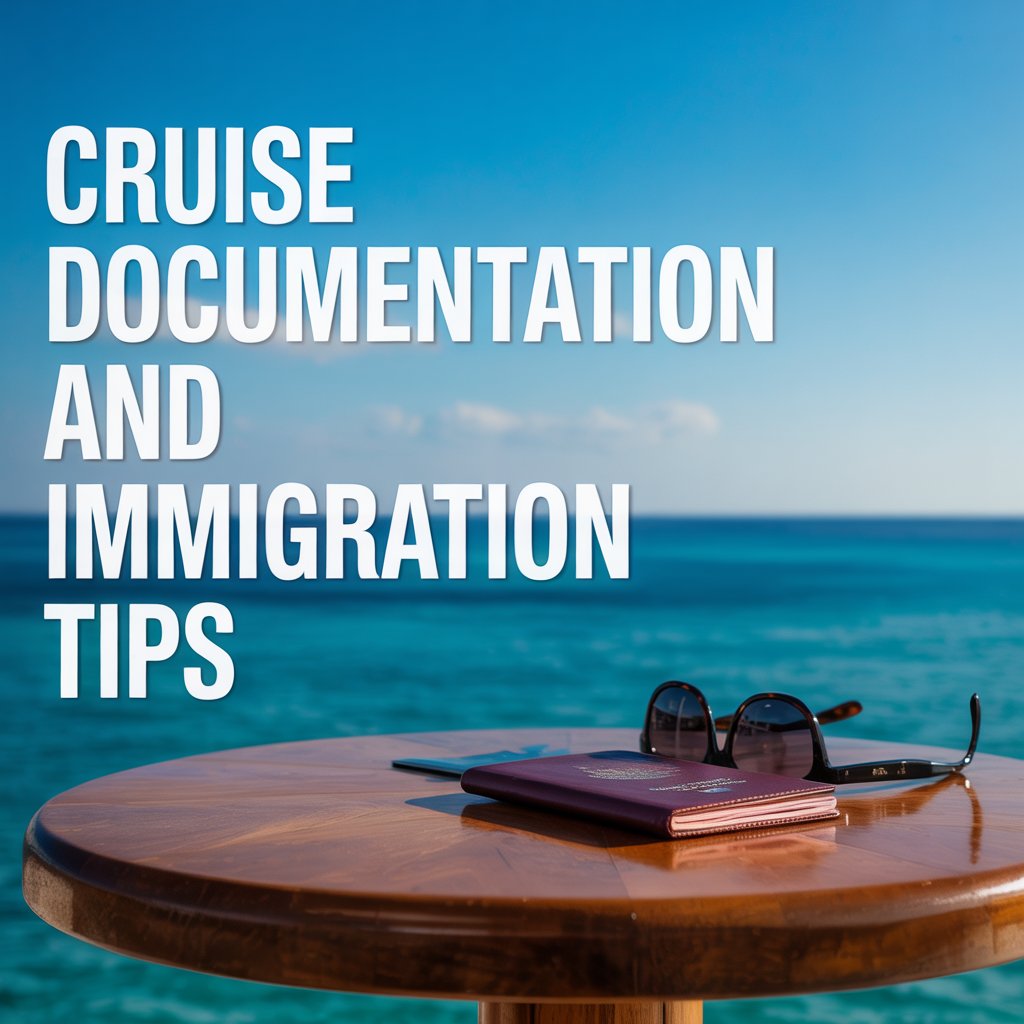
Don’t Let Paperwork Ruin Your Vacation
Nothing ruins a cruise faster than being denied boarding because your documents are wrong. Cruise lines don’t mess around with passport requirements because they get massive fines when passengers can’t enter ports.
The passport reality: That “closed loop” loophole where US citizens can use birth certificates for Caribbean cruises? It’s a disaster waiting to happen. Medical emergencies requiring flights home or itinerary changes mean you’re stuck without a real passport.
Get the passport book, not the card. Passport cards work for some cruises but not flights. If something goes wrong, you need the full book to get home.
Visa surprises: Requirements change constantly and cruise lines don’t always warn you. Russia charges $200+ per person for ship-arranged visas. Some Mediterranean ports need advance applications. Don’t trust anyone else to check – verify requirements yourself.
Kids need passports too. Birth certificates might work for some US cruises, but why risk it? Children need their own passports regardless of age.
Divorced parents warning: Traveling internationally with kids requires notarized permission letters from the absent parent. Immigration officers don’t care about your custody agreement.
Cruise Cabin Selection Guide
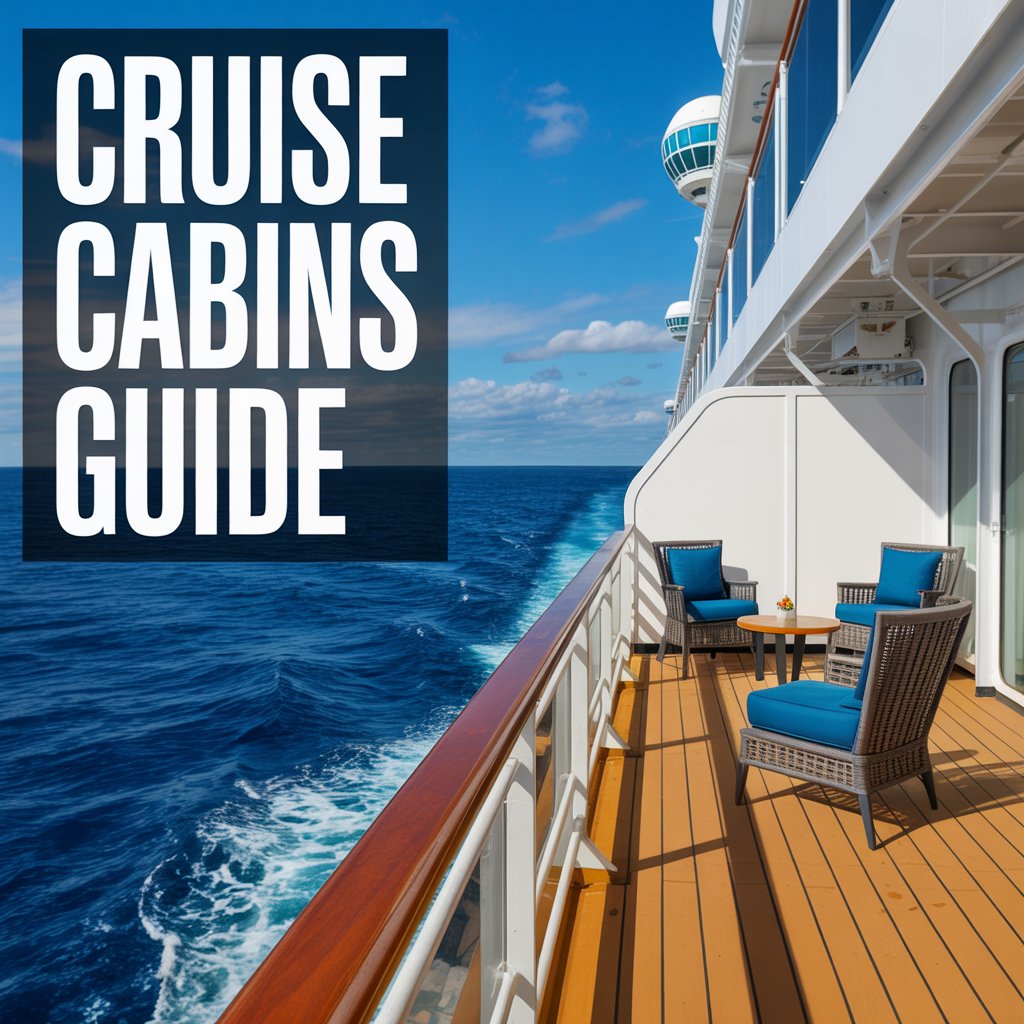
Location Matters More Than Size
Cruise lines obsess over cabin categories but conveniently forget to mention location nightmares. Your “oceanview balcony suite” might be directly under the pool deck where chairs scrape concrete at 6 AM, or next to the crew elevator that dings every 30 seconds all night.
Avoid cabins under restaurants, pools, or nightclubs unless you enjoy sleeping to the sound of dropped plates and blender drinks. Skip cabins at the end of long hallways – that “quiet location” means hiking a quarter-mile to elevators while your luggage wheels echo off metal walls.
Connecting cabins have walls thinner than airplane bathrooms. If you booked connecting cabins intentionally, great. If not, you’ll hear every conversation, sneeze, and midnight bathroom visit from next door. Specifically request non-connecting cabins when booking.
The biggest location lie? “All cabins are close to elevators.” Some cruise ships stretch longer than aircraft carriers. That “mid-ship” cabin might be a 10-minute walk from dining rooms on ships with 18 decks and 4,000 passengers.
- Cruise Cabins Guide – Complete cabin breakdown
- Should You Book an Inside Cabin? – Interior cabin reality
Cruise Outfit Ideas for Every Occasion
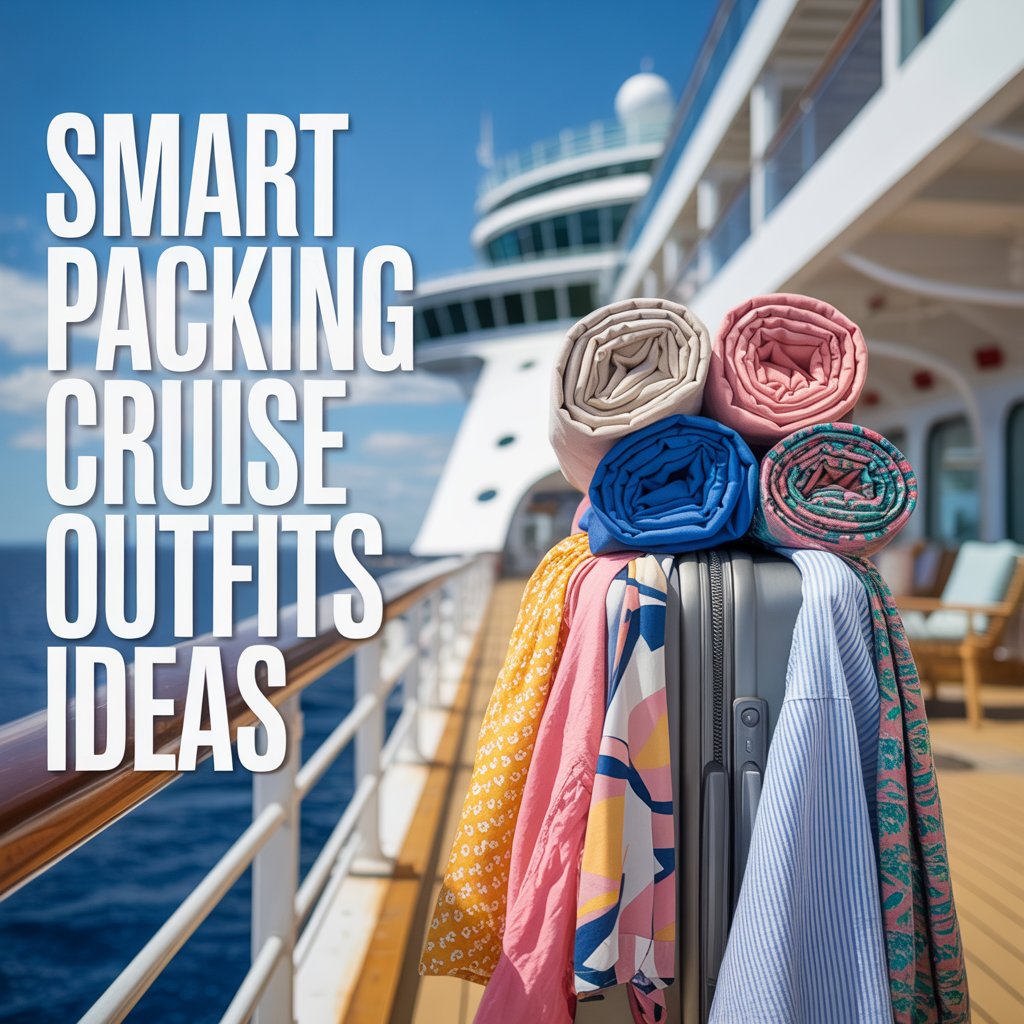
Cruise Formal Night Outfit Guide
Most people pack like they’re moving house for a week-long cruise. You’ll regret this when you’re dragging 50-pound suitcases through airports and cruise terminals. Here’s the truth: you’re living in a floating hotel with climate control, laundry service, and limited storage space.
The biggest packing scam? Bringing clothes for every possible weather scenario. Ships are climate-controlled at 72°F year-round. You’ll spend 70% of your time indoors where weather doesn’t matter. Pack more casual clothes than you think – you’ll live in shorts and sundresses, not the fancy outfits you bought specifically for the cruise.
Formal nights are mandatory, but don’t fall for the tuxedo rental scam. A dark suit works fine, and if you forget formal wear, ship rentals cost more than buying new clothes at home. The cruise industry wants you stressed about formal night so you’ll spend money solving a problem they created.
- 25 Unique Cruise Outfit Ideas – What to actually wear onboard
- Cruise Formal Night Outfits – Formal night without the drama
What Not to Pack on a Cruise
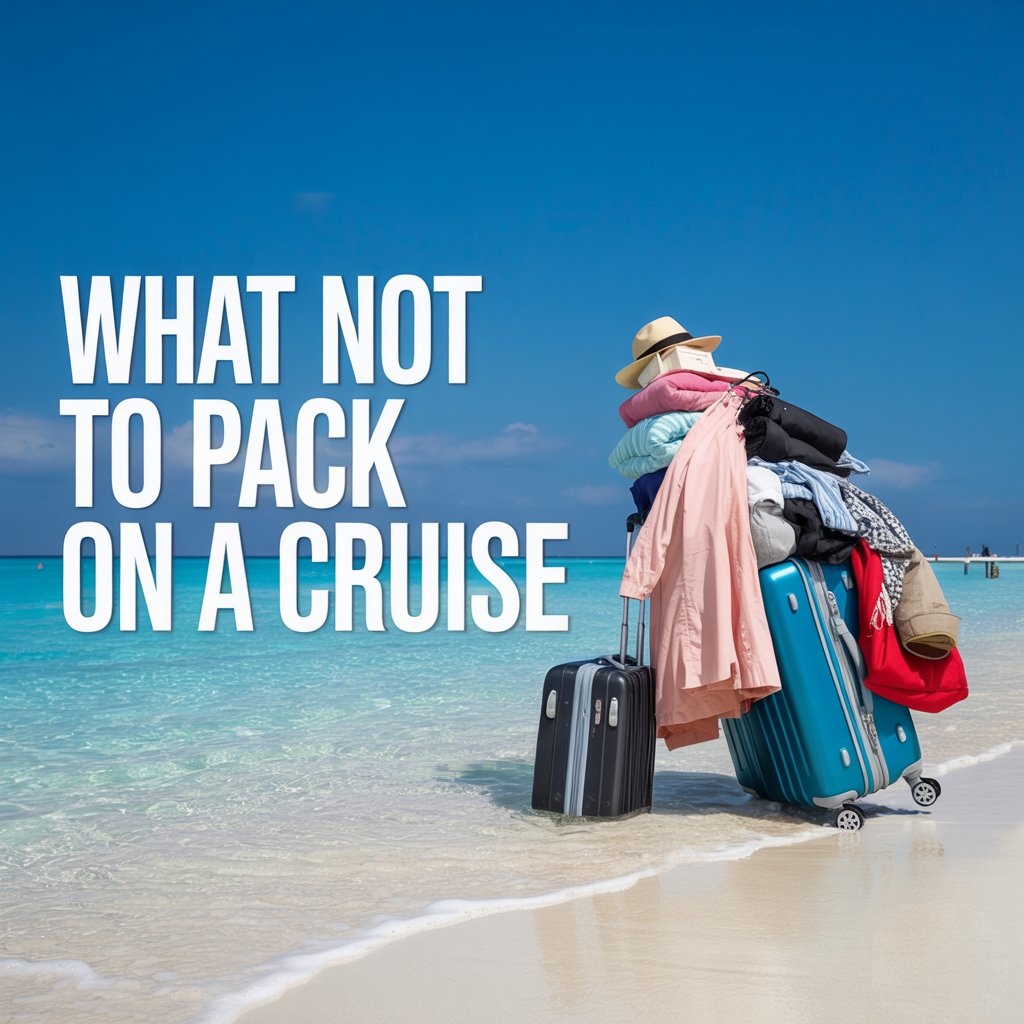
Cruise ship security exists primarily to protect the cruise line from liability, not to keep you safe. They’ll confiscate nail clippers but miss actual security threats. The inconsistency is maddening.
Universal banned items: irons (fire hazard), candles (fire hazard), surge protectors without circuit breakers (fire hazard). Notice the pattern? Everything’s a “fire hazard” except the overloaded electrical systems in cabins built in 1995.
Alcohol policies are deliberately confusing because cruise lines make huge profits on beverages. Some allow wine and champagne but charge $25 corkage fees per bottle. Others ban all alcohol then sell you $15 cocktails. Royal Caribbean allows wine but not beer – because logic died somewhere in the Bermuda Triangle.
They’ll confiscate your travel-size shampoo but ignore the guy smuggling rum in mouthwash bottles. Airport security makes more sense than cruise ship policies.
Cruise Ship Power Outlets and Adapters
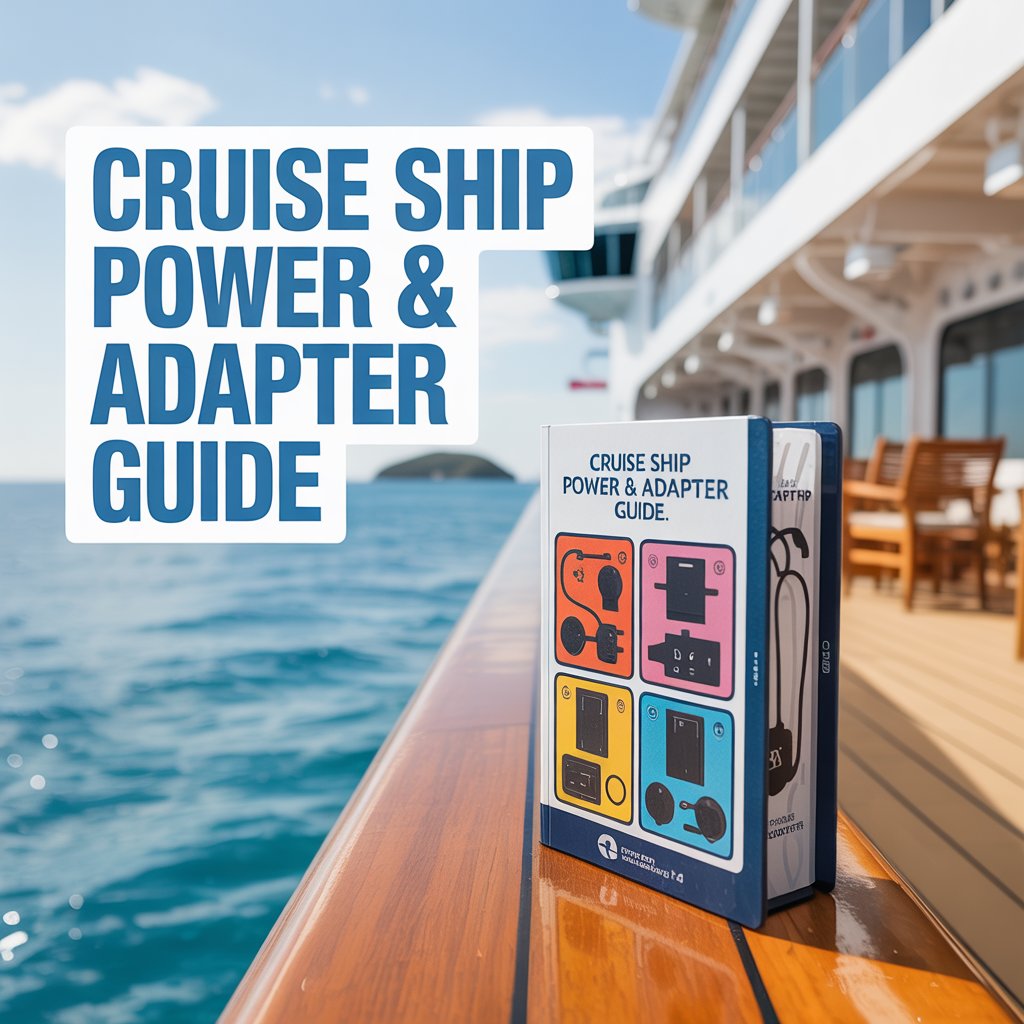
Cruise lines design cabins with 2-4 electrical outlets placed in the most inconvenient locations possible. Your phone, camera, tablet, e-reader, and travel partner’s devices all need charging, but good luck finding outlets that aren’t behind furniture or in bathrooms.
Newer ships use standard outlets, but older ships throw curveballs with European plugs regardless of sailing region. Celebrity’s older ships use European outlets even on Caribbean cruises – because nothing says “relaxing vacation” like realizing your devices won’t charge.
Bring a power strip, but cruise lines make this complicated with arbitrary rules. Some ban power strips without USB ports, others require surge protection. It’s like they want you to have dead devices so you’ll buy overpriced charging cables in the gift shop.
Cruise Medication and Health Tips
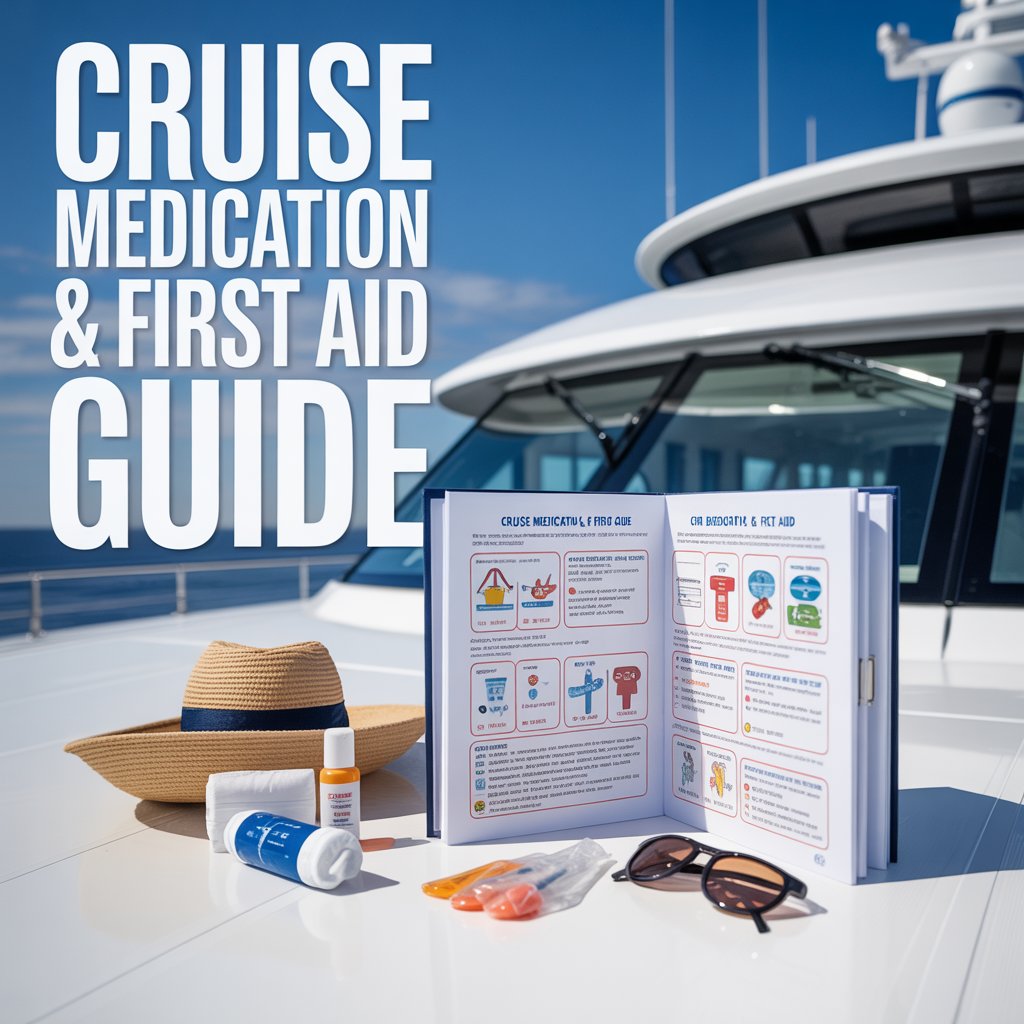
Ship medical centers exist to generate revenue, not provide affordable healthcare. A basic consultation costs $150-200, prescription refills cost 10 times pharmacy prices, and seasickness medication markup is criminal.
Bring twice the medication you need and pack it all in carry-on luggage. Cruise lines partner with airlines to lose checked bags containing essential medications – okay, that’s not true, but it feels like conspiracy when you’re searching for blood pressure pills in Cozumel.
Seasickness affects 10% of cruisers despite cruise line claims about “modern stabilizers eliminating motion sickness.” If you get carsick or airsick, you’ll probably get seasick. Start prevention before boarding – once nausea hits, you’re fighting an uphill battle while the ship rocks sideways.
The onboard medical center sells seasickness remedies at theme park prices. Bring your own meclizine, ginger supplements, or prescription patches. Those “pressure point” wristbands work for some people and cost nothing to try.
Are Cruise Drink Packages Worth It
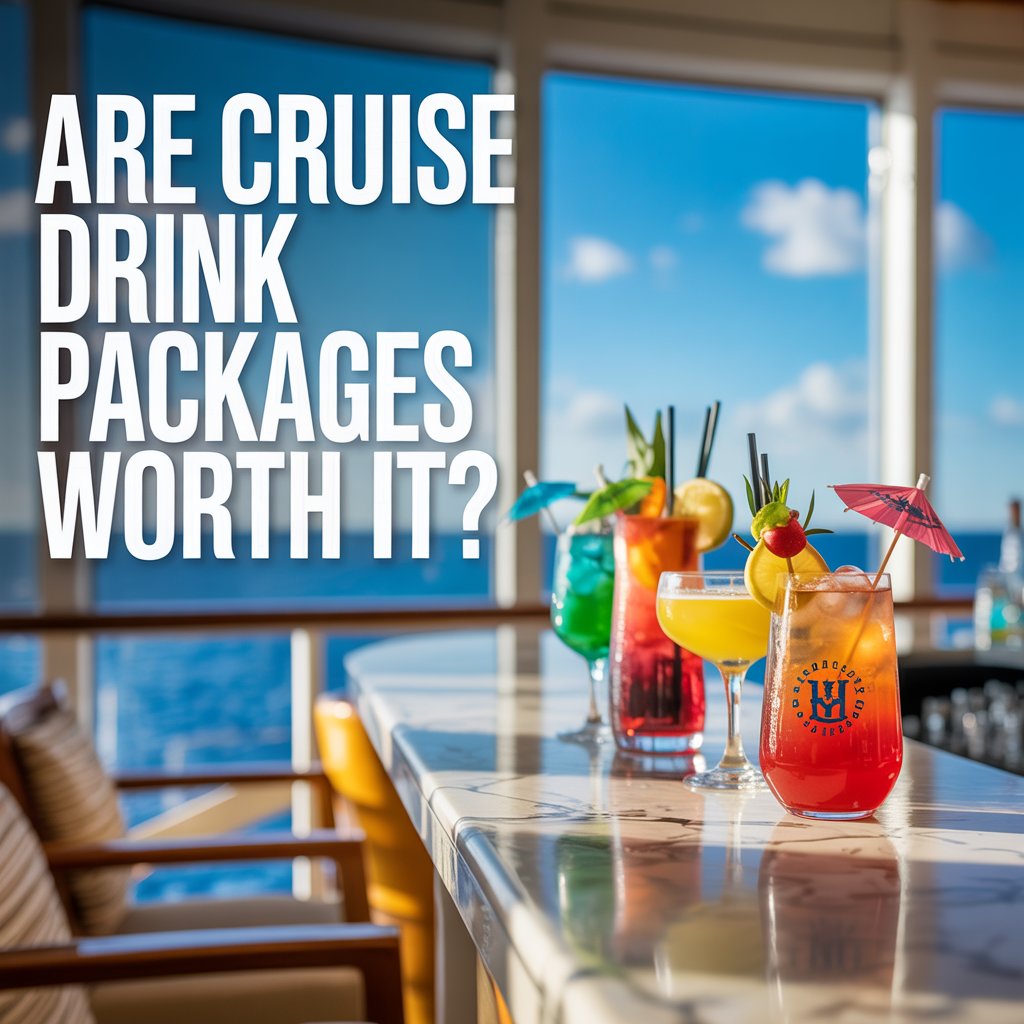
Beverage packages are cruise lines’ favorite scam because the math seems simple but isn’t. They’ll tell you the package “pays for itself” after 6-7 drinks daily, but that’s 49 drinks on a week-long cruise. For one person. Every single day.
Do the honest math: Will you really drink 7 alcoholic beverages every day of your vacation? Most people drink more on vacation, but 7 daily drinks for a week straight is approaching alcoholism territory. Factor in port days when you’re off the ship, formal nights when wine isn’t included, and days when you feel seasick.
The real scam? Premium drinks aren’t included in “unlimited” packages. That top-shelf whiskey costs extra even with the $70 daily beverage package. Specialty cocktails often aren’t included. Fresh-squeezed juices cost extra. “Unlimited” has more limits than a teenager’s allowance.
Alternative: Buy individual drinks and set daily limits. Many people spend less than the package cost, even at inflated ship prices.
- Are All-Inclusive Drinks Packages Worth the Money? – The real math
Complete Cruise Dining Strategy Guide
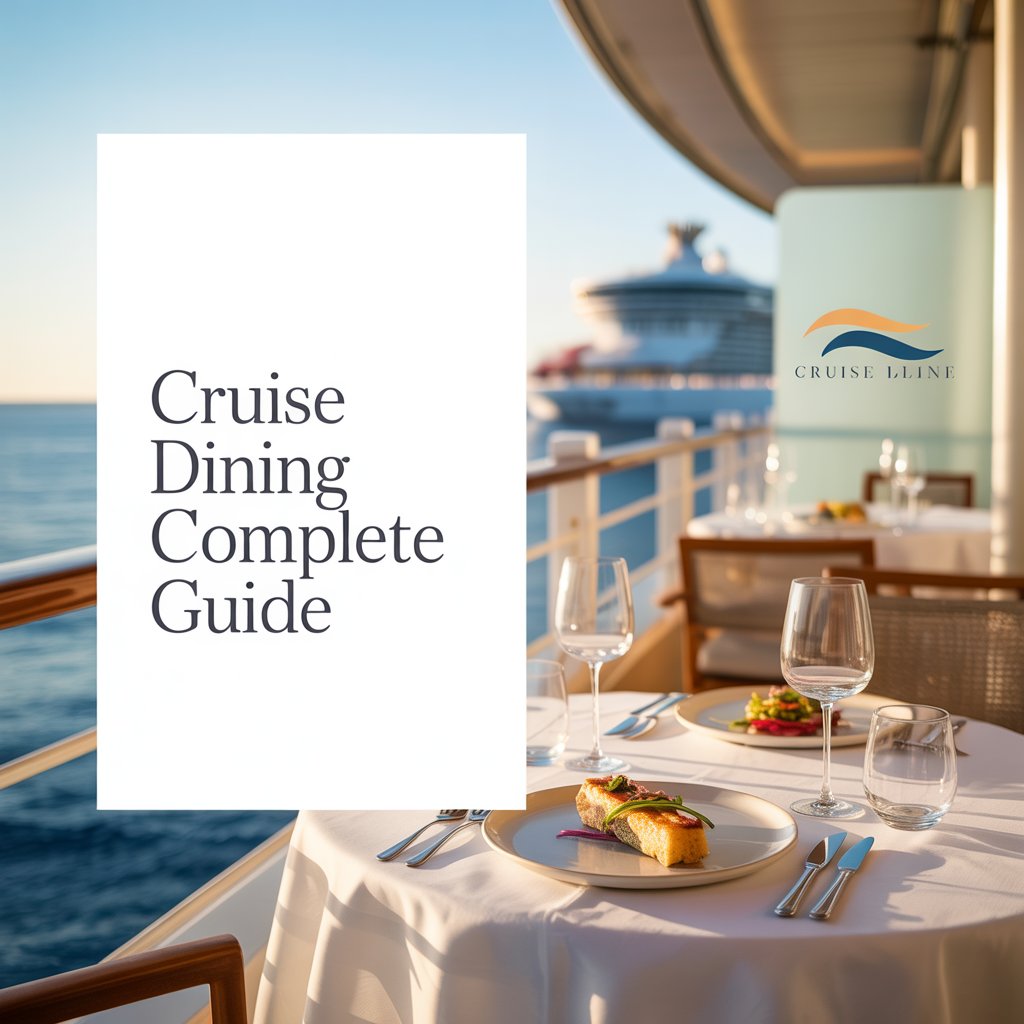
Cruise ship dining involves navigating multiple venues with different rules, quality levels, and hidden costs. Main dining rooms offer consistent quality and included food, but timing and service vary dramatically based on when you choose to eat.
Early dining (5:30 PM) offers better service because crew is fresh and kitchens are fully stocked. Late dining (8:30 PM) feels more civilized but service suffers as crew gets tired and popular menu items run out. Choose based on whether you prefer better service or normal dinner timing.
Buffets work well for breakfast and lunch when fresh food arrives regularly. Avoid dinner buffets unless you enjoy cafeteria-style dining with food that’s been sitting under heat lamps for hours. Quality drops significantly for buffet dinners – stick to main dining rooms or specialty restaurants.
Room service menus look extensive until you realize everything comes from the same galley using the same ingredients. Don’t order room service for special occasions – it’s convenience food designed for hangover cures and midnight snacks, not romantic dinners.
The biggest dining scam? Specialty restaurants that charge cover fees then add automatic gratuities, turning a $35 dinner into a $60 experience before drinks.
Cruise Specialty Restaurant Tips
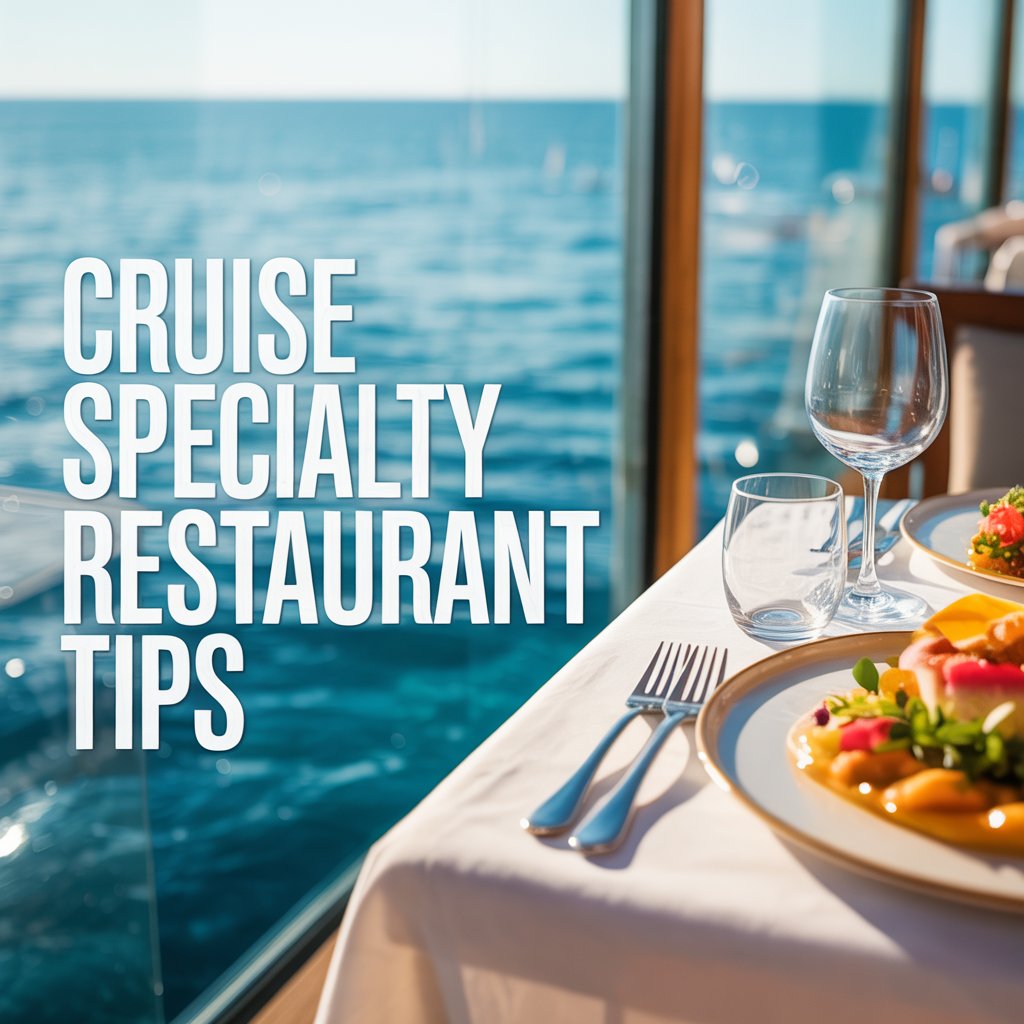
Specialty restaurants are where cruise lines separate serious money from passengers who think they’re getting “authentic” cuisine. News flash: most specialty restaurants serve the same ingredients as the main dining room with fancier plating and $45 cover charges.
Some specialty restaurants deliver genuine value – steakhouses usually offer better meat than main dining rooms because steak quality is obvious. Sushi restaurants vary wildly from fresh fish to gas station quality. Italian restaurants often excel because pasta is hard to mess up and cheap to make well.
The real scam? “Celebrity chef” restaurants where the celebrity never stepped foot on the ship. Gordon Ramsay doesn’t cook your Hell’s Kitchen burger – overworked galley staff do, using the same frozen patties as everywhere else.
Book popular restaurants before sailing, not onboard. Prime times fill up fast, leaving you with 5:30 PM dinner slots that feel like early bird specials at retirement homes.
- Are Specialty Restaurants Worth It? – Which ones to skip
Cruise Shore Excursion Booking Guide
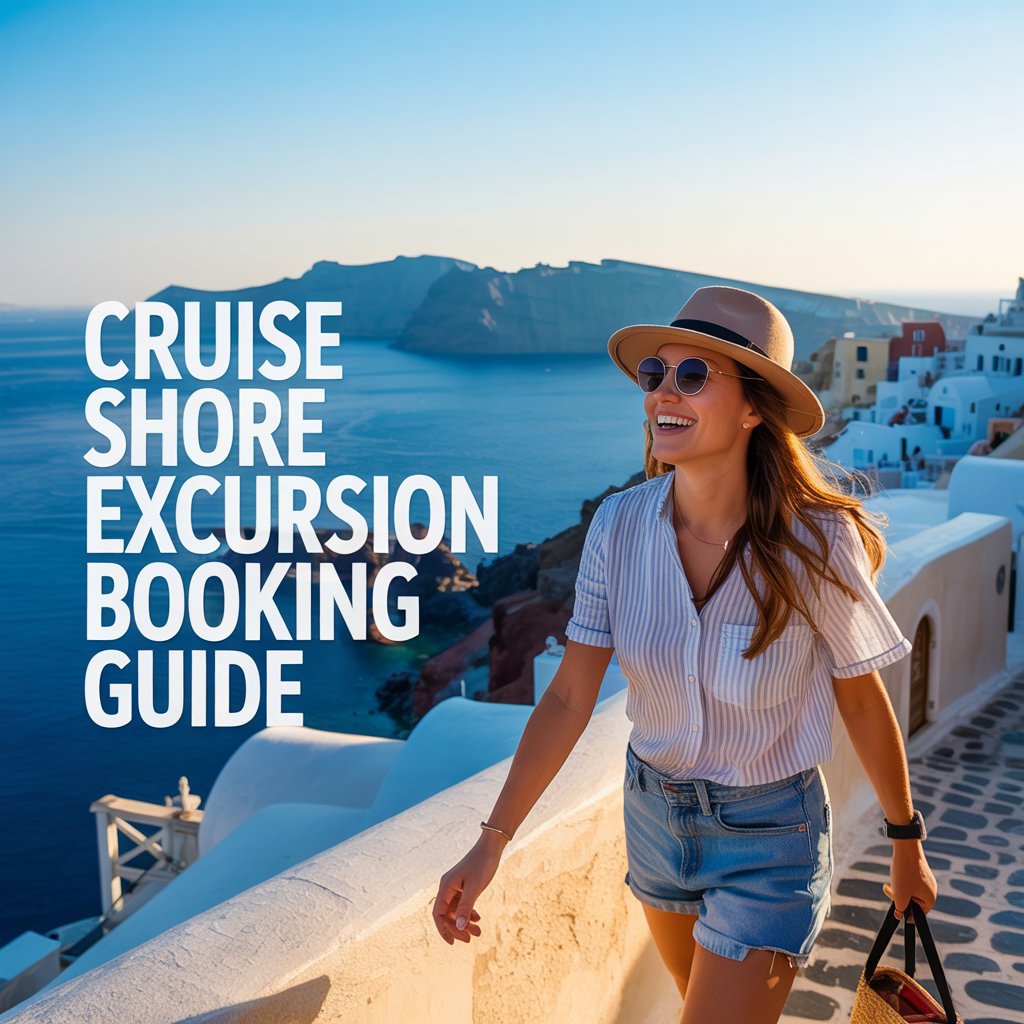
But here’s the dirty secret cruise lines won’t advertise: if their tour runs late, they wait for you. If your independent tour gets stuck in traffic, enjoy watching your ship sail away. That guarantee is expensive but sometimes worth it.
Ship excursions make sense for complicated destinations (Russia, where visas require ship arrangements), time-critical experiences (swimming with dolphins with limited daily capacity), or when you want zero responsibility for planning. Skip them for easy destinations like Barcelona, where the metro costs €2 and reaches downtown in 20 minutes.
The biggest scam? “Beach break” excursions that cost $79 to sit on free public beaches. Research ports beforehand – many cruise terminals are walking distance from city centers, making expensive transfers unnecessary.
- Booking Your Cruise Excursions – When to book independently
Cruise Ship Activities and Entertainment Tips
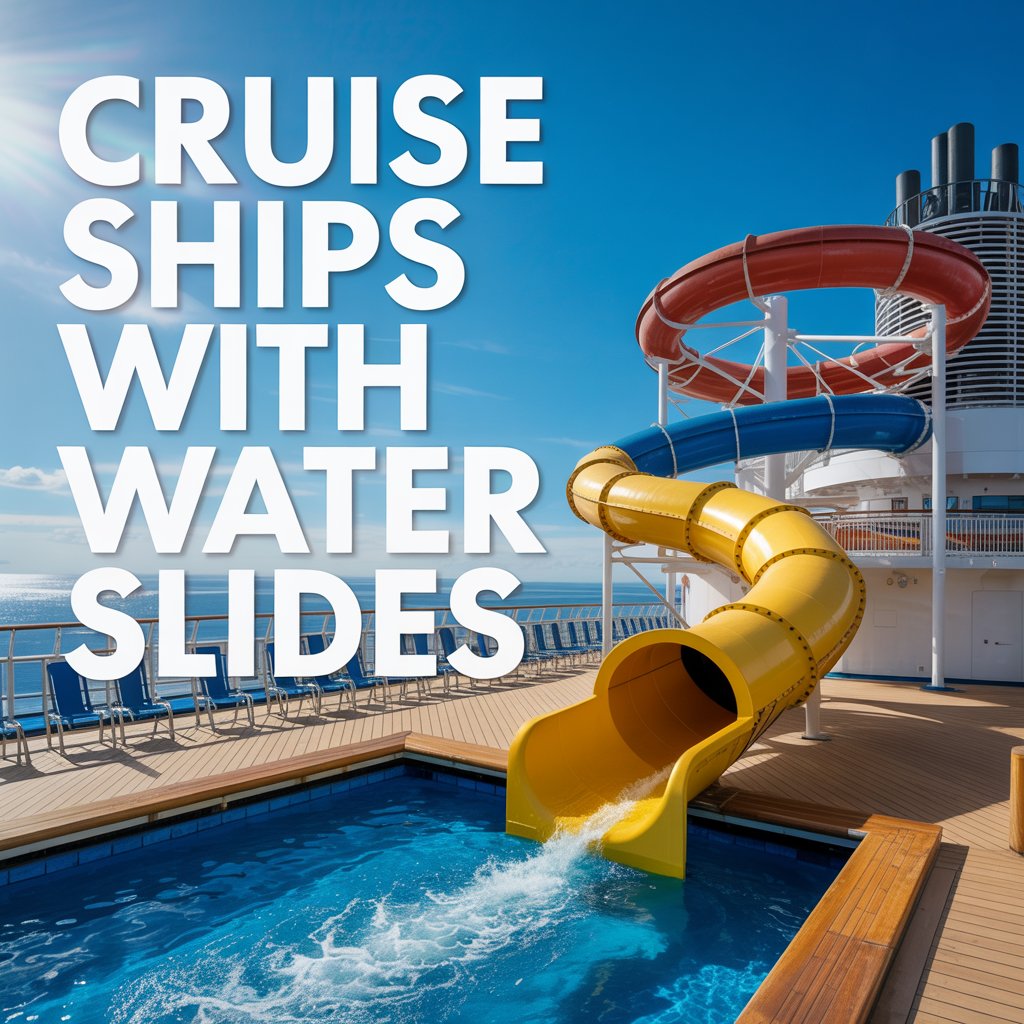
Ships cram daily schedules with “activities” that are really sales pitches disguised as entertainment. “Wine tasting” means tiny pours followed by aggressive sales tactics for overpriced bottles. “Art auctions” sell mass-produced prints to passengers who’ve had too many poolside cocktails. “Jewelry seminars” are hour-long commercials for cubic zirconia marketed as “rare gems.”
Focus on unique experiences you can’t get at home. Ship-specific attractions like surf simulators, rock climbing walls, and zip lines offer genuine entertainment value. Pool activities and deck parties can be fun with the right crowd and enough alcohol.
Production shows vary from Broadway-quality entertainment to community theater disasters. Newer ships often feature legitimate Broadway productions; older ships may offer performers who couldn’t get jobs on land. Read reviews or ask other passengers – bad shows are painfully long when you’re trapped in a theater.
The activity schedule exists primarily to keep passengers onboard spending money. Notice how “shopping talks” coincide with port arrival times, and “special sales events” happen when shops would otherwise be empty.
- Cruise Ships with Water Slides – Which ships have the best water features
Cruise Ship Internet and WiFi Tips
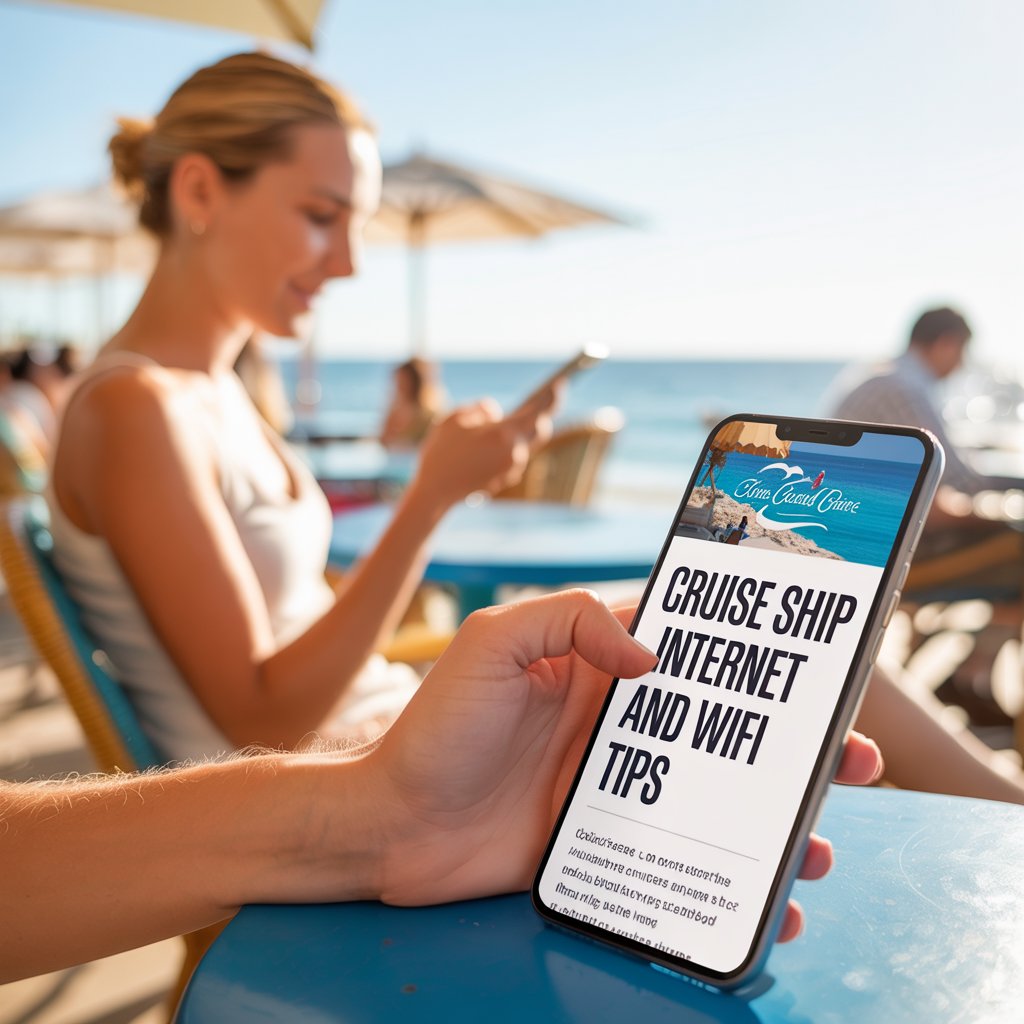
Ship internet costs more than your monthly home internet while delivering dial-up speeds from 1995. Cruise lines blame “satellite limitations” but charge premium prices for third-world connectivity.
The real problem isn’t technical – it’s greed. Ships carry 4,000 passengers sharing bandwidth designed for 400. Video calls are impossible, photo uploads take forever, and basic web browsing feels like punishment for trying to stay connected.
Cruise lines sell different internet “speeds” but it’s like choosing between slow and slightly-less-slow. The “premium” package costs twice as much for marginal improvement. Social media packages work better than full internet because they limit bandwidth-hogging activities.
Pro tip: Turn off automatic app updates, cloud photo backups, and video autoplay. Use airplane mode with WiFi only to avoid international roaming charges that make ship internet look affordable.
- Cruise Ship Internet Cost Saving Tips – WiFi strategies that work
Cruise Tipping Guide
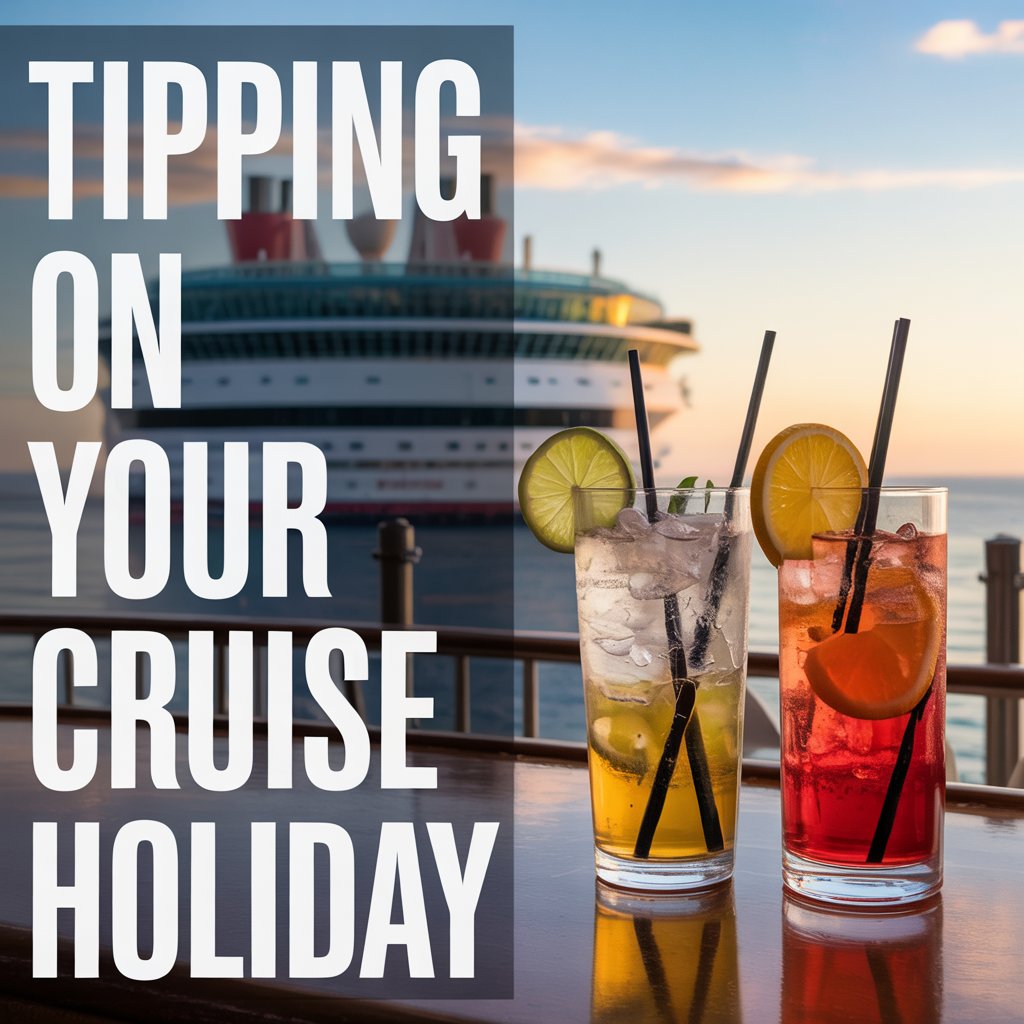
Tipping Without Getting Ripped Off
Cruise ship tipping combines automatic charges with guilt-trip marketing to maximize crew compensation while minimizing cruise line labor costs. Those “automatic gratuities” aren’t automatic – cruise lines just call them that so you feel guilty about adjusting them.
Automatic gratuities ($15-16/€13-15 per person daily) appear on your final bill whether you want them or not. For a family of four on a week-long cruise, that’s over $400 in mandatory tips. The crew deserves fair compensation, but don’t let cruise lines manipulate you into thinking these charges are non-negotiable.
Tip extra for exceptional service, but understand the system. Your room steward works 12-hour days for months without days off. Dining room staff serve hundreds of passengers per cruise. A $20 cash tip means more to crew members than expensive gifts they can’t use.
Specialty restaurant servers expect 15-20% tips on top of cover charges unless gratuity is automatically added. Check receipts carefully – some cruise lines add automatic gratuities to every service, others leave tipping to passenger discretion.
Don’t tip retail staff, medical center personnel, or officers. Do tip tender boat operators ($1-2 per person) and exceptional tour guides ($5-10 depending on tour quality).
- Tipping on Your Cruise Holiday – Complete tipping guide
Cruise Disembarkation Guide

Disembarkation Done Right
The final day of your cruise can be smooth or nightmarish depending on preparation and realistic expectations. Most disembarkation disasters stem from poor planning and believing cruise line time estimates.
Settle your onboard account the night before disembarkation. Guest services lines stretch longest on final mornings, and account disputes can delay departure significantly. Review charges carefully and challenge errors immediately – disputing charges after leaving the ship is nearly impossible.
Traditional luggage service requires packing bags the night before and trusting strangers to handle your belongings correctly. You’ll retrieve bags in crowded terminals after clearing customs. Self-assist luggage means carrying your own bags but walking off immediately when your group is called.
Express walk-off works best for flights after 1 PM or driving home. Traditional luggage service works better for early flights since you can theoretically leave earlier, but baggage retrieval can add unexpected delays.
Book post-cruise transportation in advance. Airports and hotels know ship schedules and charge premium prices for desperate passengers who waited too long to arrange transfers.
Essential Cruise Tips
The Insider Knowledge That Separates Pros from Amateurs
These tips sound minor but make major differences in cruise enjoyment and cost management. Cruise lines don’t advertise them because they reduce onboard spending.
- Bring magnetic hooks for metal cabin walls – instant storage solutions in cramped spaces. Pack a small flashlight for navigating dark cabins without waking roommates. Bring extension cords for charging devices away from inconveniently located outlets.
- Download ship apps before sailing and create accounts using your reservation number. Apps handle messaging, room service orders, account tracking, and entertainment reservations. Some features work better than others, but connectivity is better than calling guest services.
- Take photos of important documents and email them to yourself. Losing passports in foreign ports ruins vacations, but having backup photos speeds embassy replacement processes.
- Book future cruises onboard for legitimate discounts and perks, but don’t feel pressured by artificial deadlines. Onboard booking benefits usually last 24-48 hours, giving you time to research options without high-pressure sales tactics.
- The biggest insider secret? Cruise lines make minimal profit on cruise fares. Their money comes from onboard spending, which explains why everything costs extra and staff constantly tries to upsell services.
Common Cruise Questions
How much should I budget beyond the cruise fare?
Plan $150 per person daily if you want specialty dining, premium beverages, and shore excursions. Conservative spenders can manage $75 daily by avoiding upsells. Luxury seekers should budget $250+ daily because ship prices have no upper limit.
Is cruise ship food really unlimited?
Basic food is unlimited, but anything worth eating costs extra. Main dining rooms and buffets are included but repetitive. Specialty restaurants, premium beverages, and good snacks require additional payment.
What happens if I miss the ship at a port?
You’re responsible for catching up at the next port at your own expense. This can cost thousands of dollars and ruin your vacation. Travel insurance with cruise coverage helps, but prevention beats cure.
Do I need formal clothes for formal nights?
Men need collared shirts and dress pants minimum, jacket preferred. Women need cocktail attire or equivalent. You can eat at buffets or specialty restaurants to avoid formal dining rooms, but you’ll miss the entertainment.
How early should I book shore excursions?
Popular excursions sell out before sailing, especially for Alaska, Antarctica, or unique experiences with limited capacity. Book must-do excursions when cruise bookings open, not when you board.
Ready to Cruise Smarter?
These tips come from years of selling cruises and seeing what actually works versus what cruise lines market. We’ve made the expensive mistakes, learned the hidden systems, and discovered the secrets that cruise lines prefer you don’t know.
The cruise industry depends on uninformed passengers who accept high prices and poor value because they don’t know better alternatives exist. Cruise smarter by questioning everything, researching independently, and remembering that cruise lines are businesses designed to separate you from your money.
For First-Time Cruisers:
- New to Cruising Guide – Complete beginner’s planning guide
- Family Cruises – Cruising with kids strategy
- Singles Cruises – Solo cruise tips
Popular Cruise Destinations:
- Mediterranean Cruises – European cruising guide
- Caribbean Cruise Ports – Island hopping strategy
- Alaska Cruises – Wilderness cruising tips
About the Author
Jo Pembroke spent years as a cruise travel agent selling people expensive vacations before getting fed up with the industry’s BS. After watching countless passengers get ripped off by cruise lines and make rookie mistakes that ruined their holidays, she quit selling cruises and started telling the truth about them instead.
Jo has sailed on over 100 ships, from luxury suites that cost more than most people’s cars to interior cabins smaller than prison cells. She’s fallen for every onboard scam, overpaid for terrible specialty restaurants, and learned what actually works versus what cruise lines want you to believe.
Now she runs About2Cruise (with a small team of helpers) to share the insider knowledge that cruise industry marketing materials conveniently leave out. Her mission: helping people cruise smarter without getting fleeced by an industry that’s very good at separating tourists from their money.
